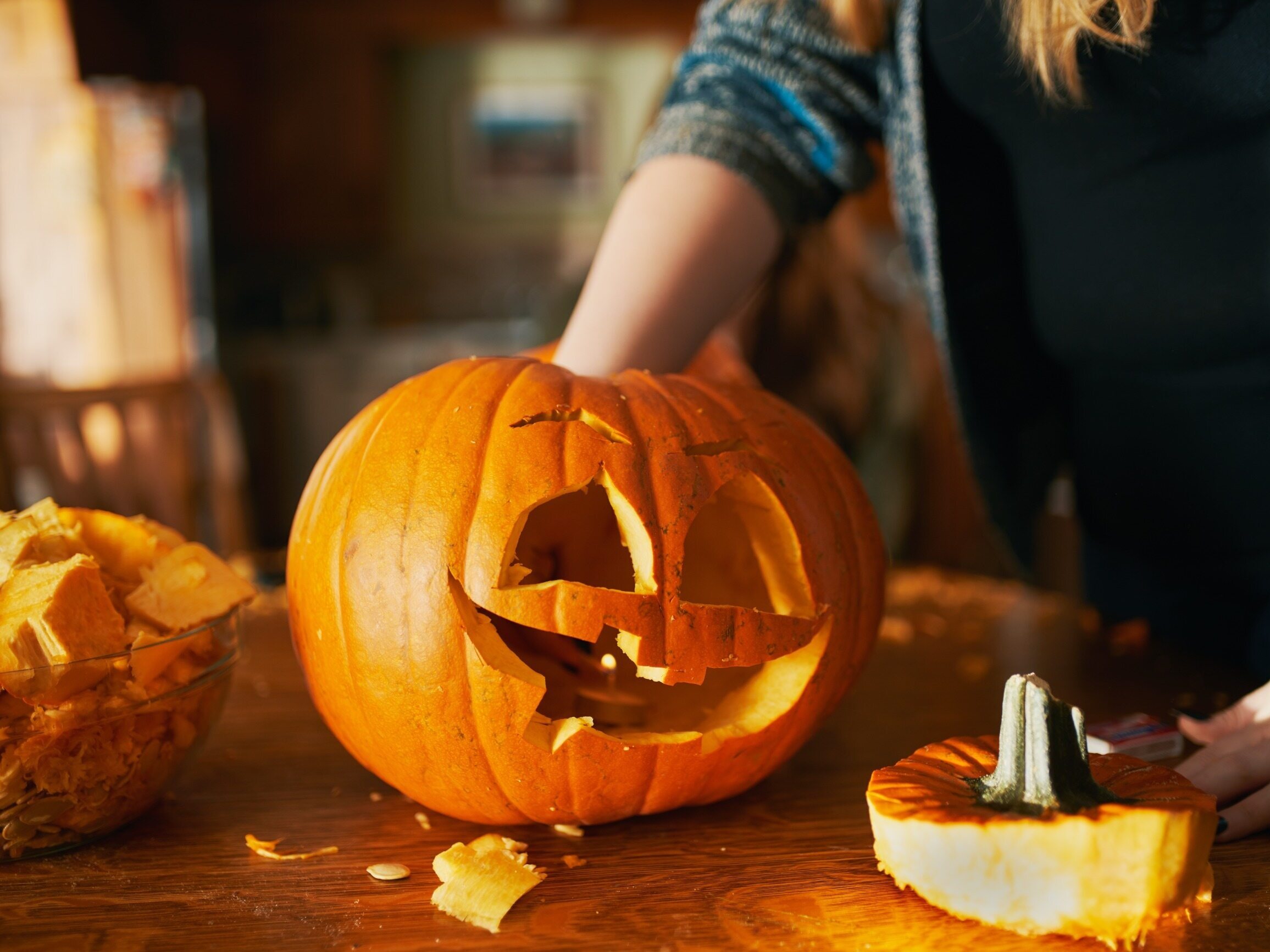What’s up, recession. Americans will spend $12 billion on Halloween

Halloween is the time when Americans will spend over $12 billion. And this despite concerns about the still unstabilized inflation situation. In Poland, for cultural reasons, there are no greater chances for such numbers. However, the availability of products – both in online and stationary stores – means that we buy more and more seasonal products. Promotion in social media plays an important role. Sometimes unplanned, as in the Polish case of Pipa’s geese, but much more often we are dealing with the creation of products for seasonal viral campaigns on the Internet.
Mid-October in the USA? No one should be surprised that if you observe any district in any corner of this country, you will see houses decorated with items that will allow you to feel the “spooky spirit” of this season. Of course, you won’t be able to walk a few meters without seeing pumpkin or corn decorations somewhere, and when driving on highways, billboards will catch your eye.
Therefore, no one will be too scared that a popular ketchup brand will probably put a vampire with its product on its poster again, because tomato sauce imitates blood best at home. Streaming services will also want to advertise their horror films. Like Netflix, which first interested fans of horror films with a strange code placed on billboards in New York and Los Angeles, and later supplemented the action with text messages and social media messages.
A tradition worth billions
Data from the American market explain why this trend is also starting in other countries. According to a survey conducted by Prosper Insights & Analytics and the National Retail Federation, 73 percent percent US consumers celebrate Halloween, an increase of several percentage points compared to last year. Total spending on this occasion is estimated to have reached a record $12.2 billion. This is over one and a half billion more than in 2022. The biggest increase in spending will be on costumes, which are more popular than ever. Next, there will be decorations, and then sweets. We cannot be surprised by this, after all, the creativity of the youngest when trick-or-treating requires caution and giving away all the treats we have.
– However, we cannot forget that this is still a difficult time for consumers, and they tend to limit the purchase of goods beyond the norm. However, this does not mean that they will completely stop being guided by emotions when shopping. Successive financial crises like. e.g. the one caused by the collapse of Lehman Brothers, show that we do not turn away from stores that offer more than just basic necessities. We may not buy cars, but small things that will make us feel better at a low cost are still worth it– says Tomasz Niedźwiecki, creator and president of the takeDrop.pl platform, where you can set up an online store without the need to have a warehouse.
In Poland, we are far from the trade holiday
However, the only Polish data we have is from 2019. Marketing agency Havas Media Group conducted a study showing that less than 20% of people celebrate Halloween. inhabitants of Poland and for approximately 65 percent it is just a “commercial holiday”. How do we celebrate them? Mainly through modest home decorations, watching horror movies or going to themed parties.
The differences between the inhabitants of Poland and the USA are therefore significant, because overseas the holiday is celebrated by up to 150 million people. But who is driving the biggest boom there? The youngest. According to LendingTree, this year, Millennial consumers plan to spend $255 on Halloween, Gen Z ($202), Gen X ($145). However, the baby boom generation, which in the US includes those born from approximately 1943 to 1960, will spend only $58. You probably mainly want sweets so as not to become a victim of jokes under any circumstances.
– Mass retailers contribute to the increase in the popularity of Halloween decorations among consumers. They thus create a bridge between the spring season – which has historically been the main sales period for home furnishings retailers – and the holiday season at the end of the year. In short, seasonal products drive customers to the store chain just before the most important time of the year, i.e. the Christmas and New Year period. In Poland, for example, a greater importance is attached to the return of children to schools, and in the USA it is Halloween – explains Tomasz Niedźwiecki from TakeDrop.pl.
How does it look in practice? For example, the American branch of Home Depot stores (interior furnishings and building materials) increased its overall assortment for Halloween and fall in 2022 to 861 products compared to 418 in the same period last year. The largest chain of stores in the USA – Walmart – offered nearly 3.5 thousand products for this season.






